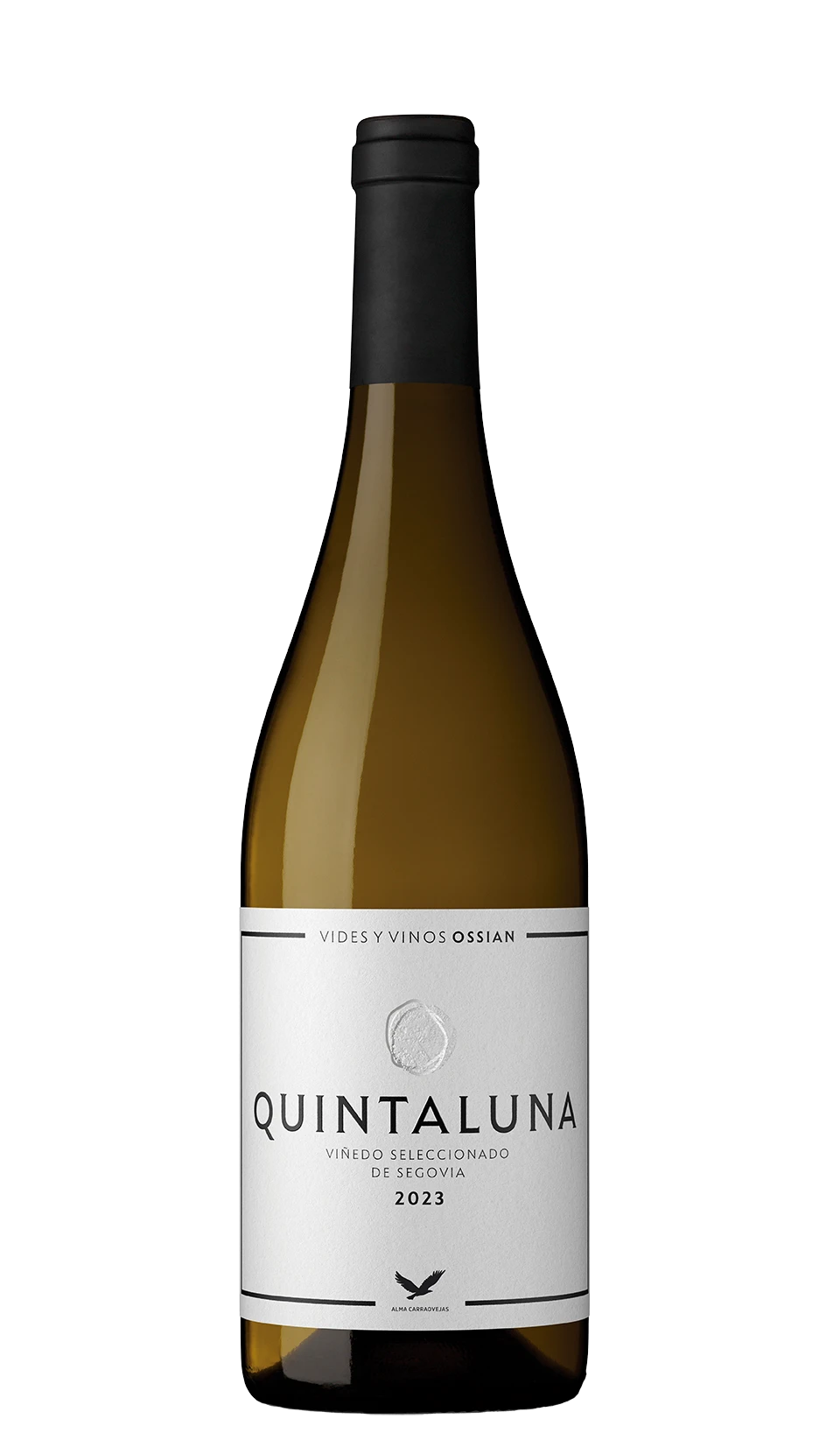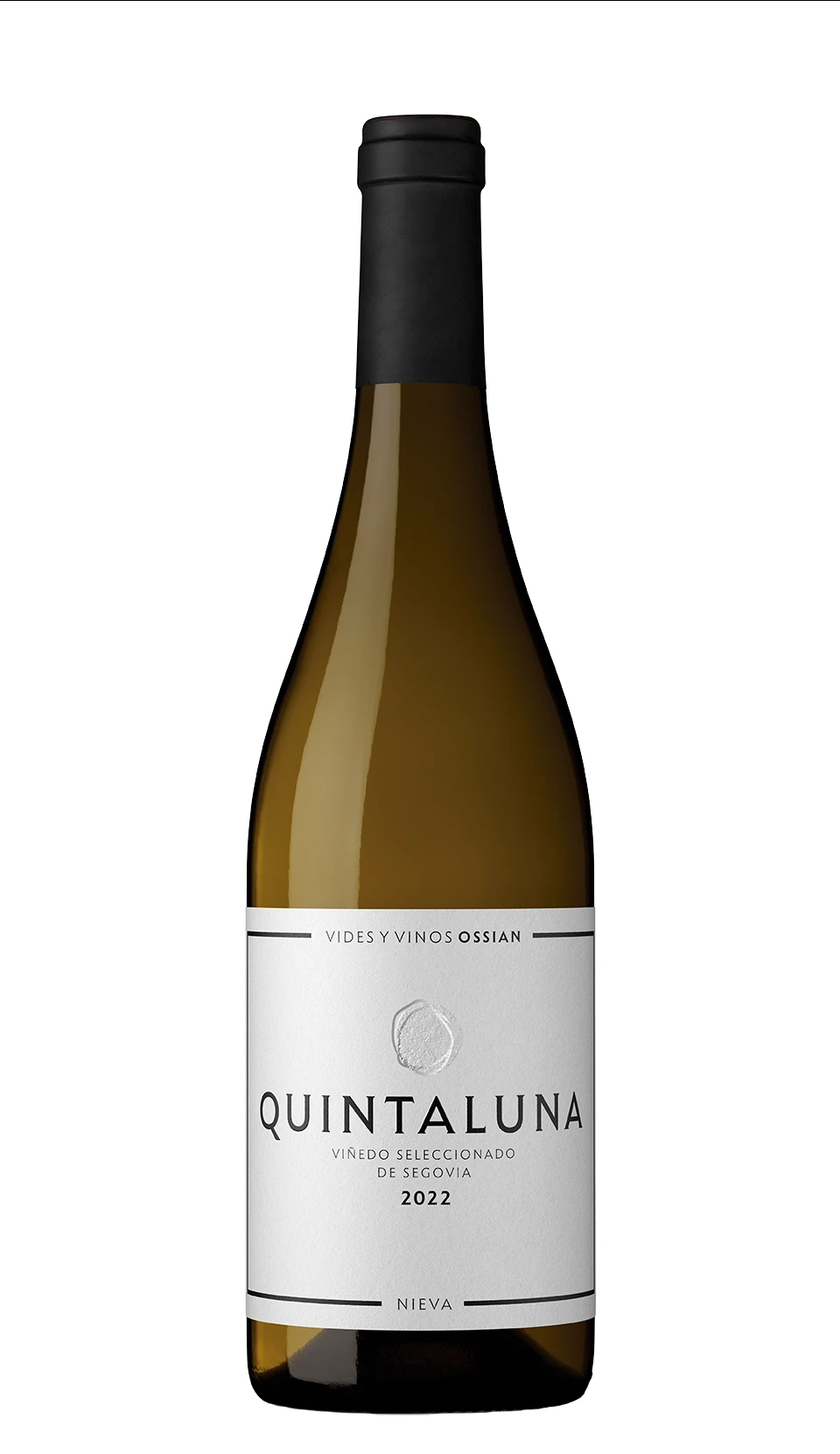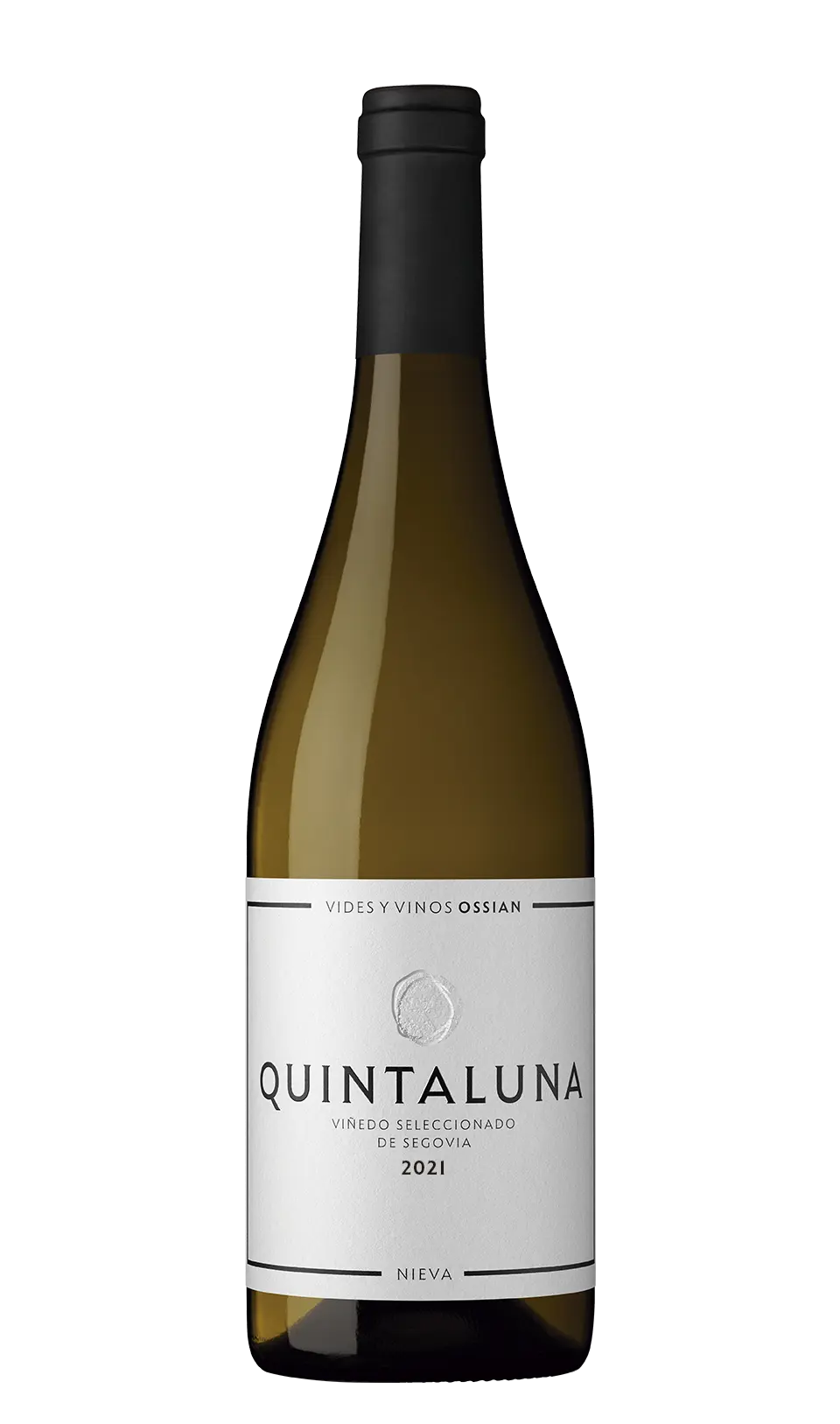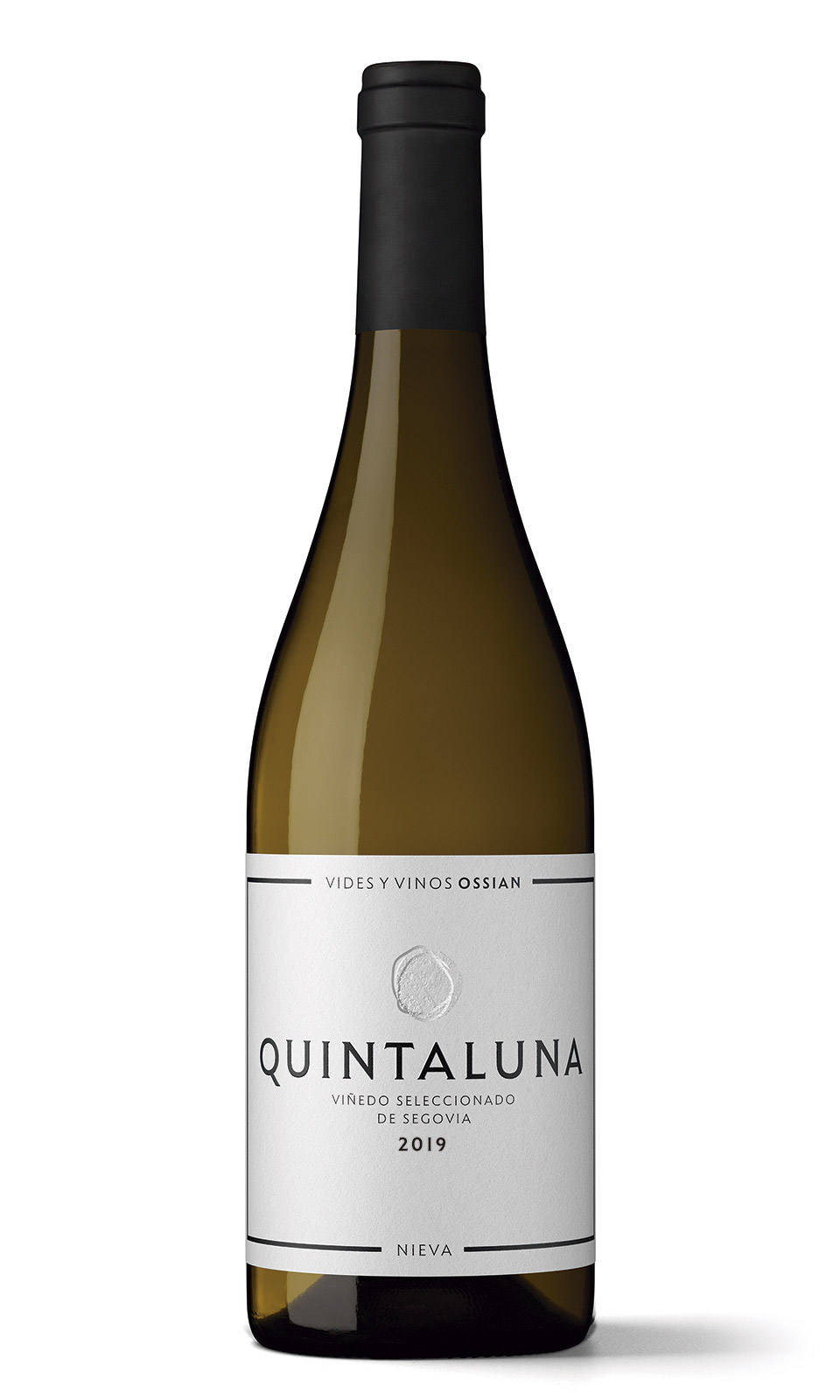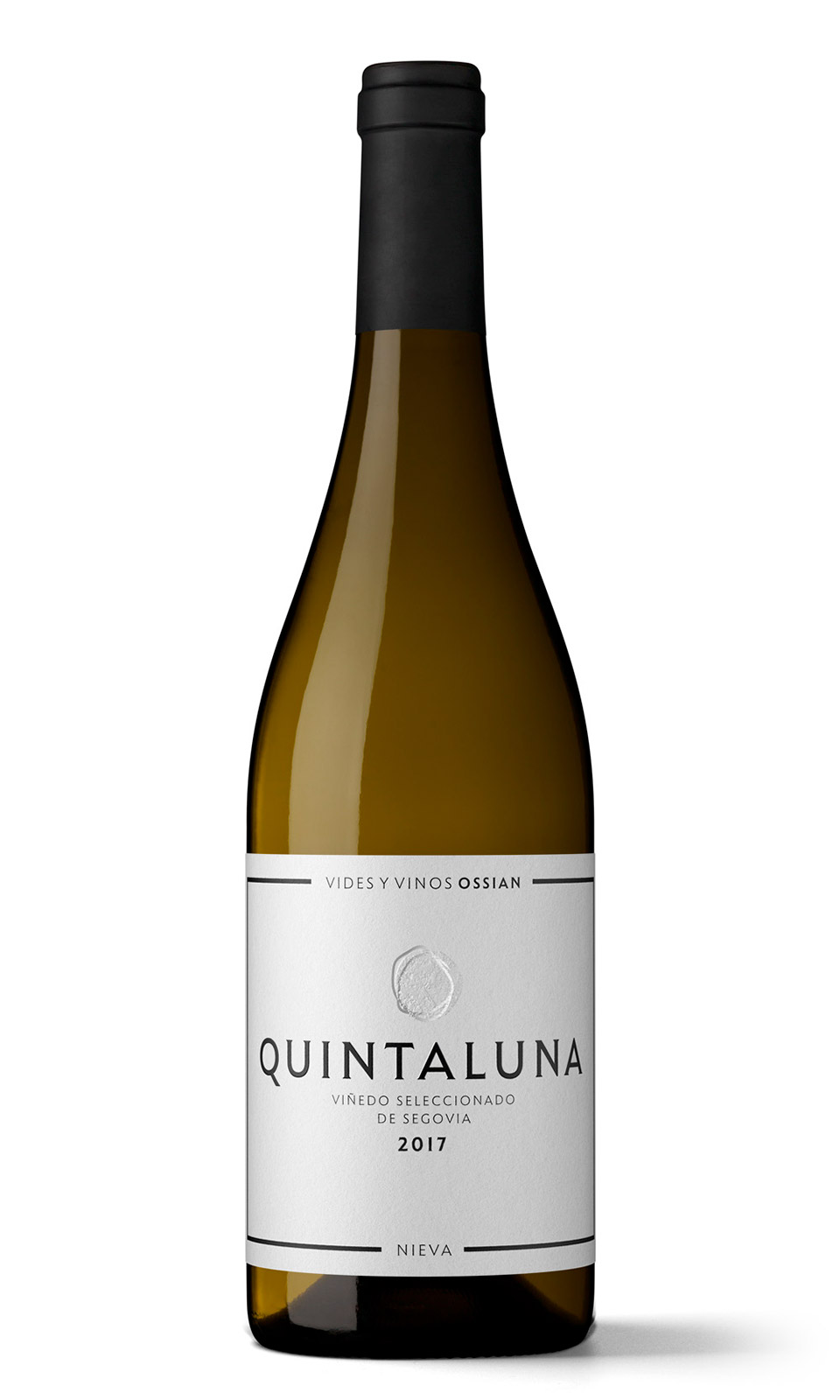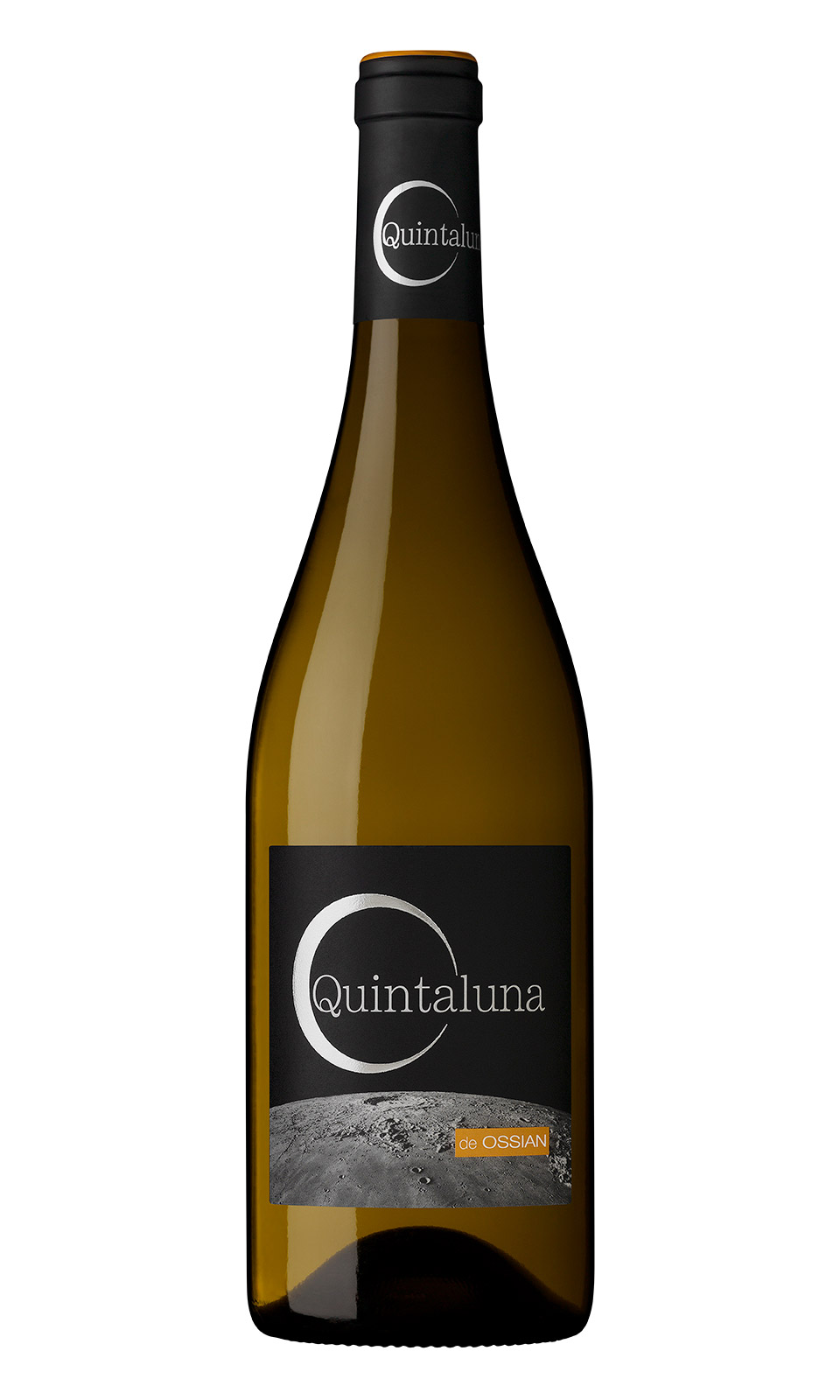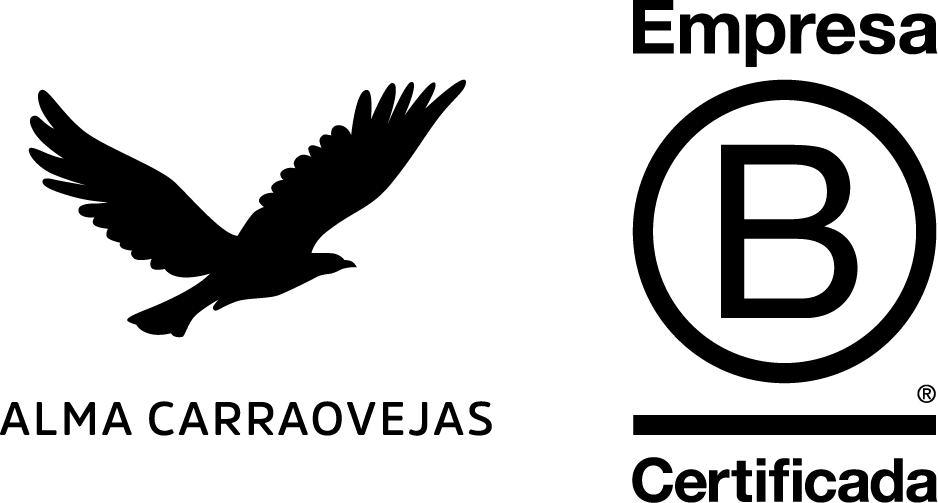Quintaluna 2023
Quintaluna 2023 captures the most authentic and pure expression of Verdejo from Segovia. Sourced from Nieva, Quintaluna is a village wine crafted from massal selections of old vines. Grown in sandy soils, surrounded by pine forests and shaped by an extreme climate, the vines develop a distinctive character. Quintaluna stands as a true reflection of its origin — a terroir with centuries of winemaking tradition. Sands that connect a vineyard to a unique and unrepeatable history. A vibrant Verdejo, marked by genuine freshness and a strong sense of identity.
